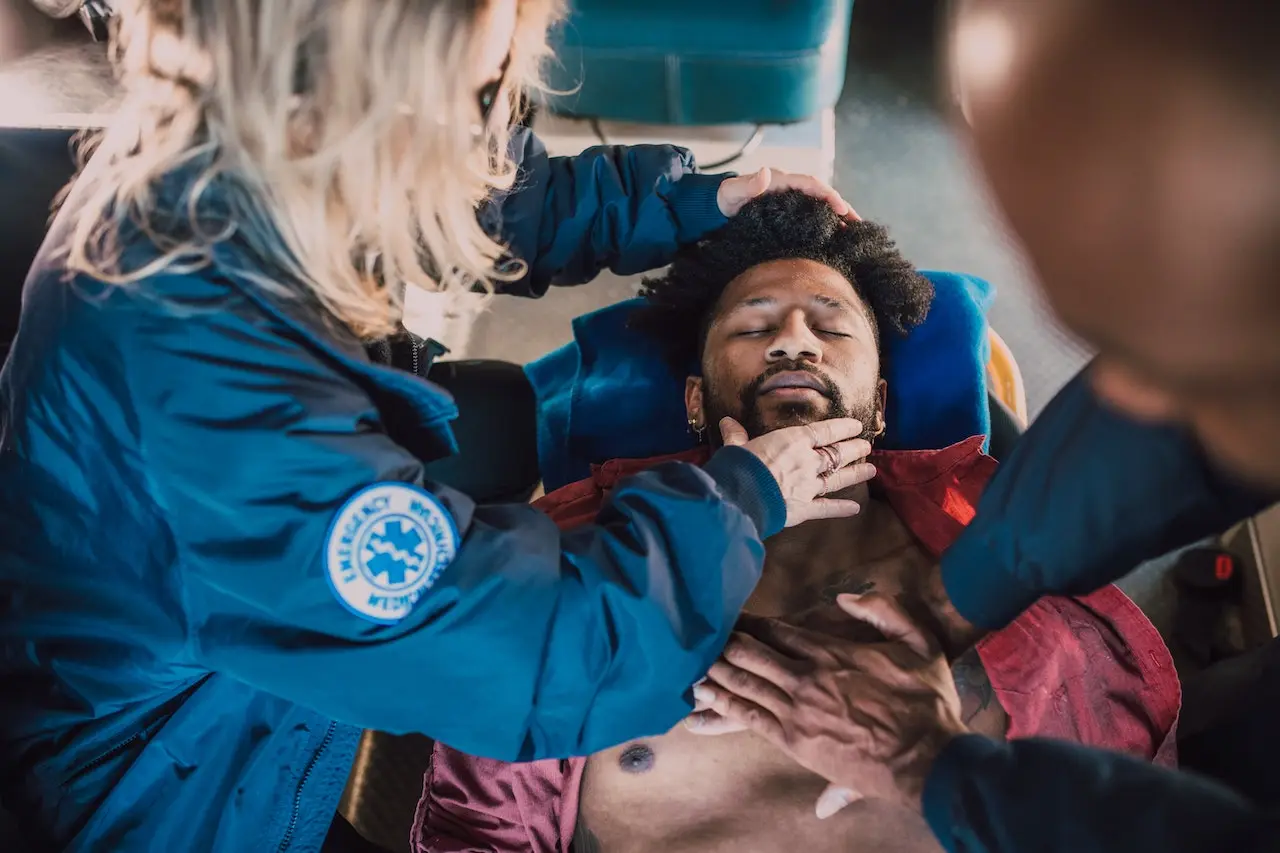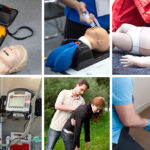During game practice, coaches must make sure their athletes are secure and in good health.. Many athletic trainers are knowledgeable in primary medical care and injury prevention techniques. Although they may need help while handling medical emergencies. Life-saving courses from a recognized institute can save athletes in crisis. This blog talks about the importance of CPR certification for coaches and trainers. You will also learn about the medical emergencies they experience at work.
Coaches’ Responsibility for Ensuring the Safety and Wellbeing of Athletes
The safety and wellbeing of athletes are greatly influenced by coaches. The physical and mental wellbeing of their athletes is their responsibility as coaches. They also cater to their safety when training and competing. Every coach must strive to protect their athletes from injuries and help them achieve their goals in a safe and healthy environment. Some critical roles played by coaches include:
- Establishing Rules and Regulations: Coaches must set up rules and regulations to help ensure their athletes’ safety. It includes laws about practices, competitions, and other activities. Coaches must also ensure that players follow these regulations.
- Monitoring Training: Coaches must monitor the intensity, duration, and training their athletes undertake. They must intervene to prevent injury if the athlete pushes too hard.
- Providing Education: Coaches must educate their athletes on proper nutrition, hydration, and rest. Coaches should also be aware of any potential health issues their athletes have.
- Identifying Injuries: Coaches must recognize when an athlete suffers an injury. They also need to provide the necessary care at the earliest. It includes providing the appropriate medical attention and timely CPR in an emergency.
- Talking with Parents: Coaches should communicate with the parents and guardians of the athletes. They must inform them of any injuries or illnesses the player has. Coaches should provide updates on their child’s progress as well.
- Modeling Appropriate Behavior: Coaches must lead by example and model appropriate behavior. They must communicate with athletes and parents with courtesy, professionalism, and ethics.
Basic Principles of CPR
Cardiopulmonary resuscitation (CPR) is a standard method for assisting a patient in cardiac arrest. This process employs actions that reflect how the heart and lungs function. Some principles on which CPR relies are as follows:
- Ensure the scene is safe: Before beginning CPR, ensure that you and the victim are in a safe environment and that no hazards are present.
- Check for responsiveness: Tap the victim’s shoulder and shout, “Are you OK?” to see if they respond.
- Call for help and get an AED: Call 9-1-1 and get an automated external defibrillator (AED) if one is available.
- Chest compressions: Place both palms in the center of the person’s chest, on top of each other. Push down on the chest at least 2 inches (5 cm) and at least 100 times per minute.
- Open the airway: Tilt the patient’s head back and open the chin. Ensure you make the person lie down on a flat surface. This action opens the airway.
- Give rescue breaths: You need to seal your mouth tightly over the person’s mouth to make an airtight seal. Give two rescue breaths, each lasting one second.
- Repeat the cycle: You should follow the 30:2 method for delivering CPR. Give 30 chest compressions with two rescue breaths.
- Continue until help arrives: Continue CPR until emergency medical personnel take over or the person begins to move.
- Monitor the victim’s pulse: You must monitor their pulse and breathing until help arrives. Through this action, you can save the patient from a second attack.
- Provide reassurance: You must speak calmly to the victim and provide comfort while performing CPR.
CPR Training for Coaches: Preparing for Life-Threatening Emergencies
Playing sports keeps individuals active and healthy. Sports are good for socializing and building a personality. But things do get rough at times. Some common medical emergencies a sports coach may face include the following:
- Cardiac Arrest: Sudden cardiac arrest is a severe emergency in which the heart stops beating. Coaches learn CPR to revive a cardiac arrest patient.
- Heatstroke: Heatstroke is a dangerous condition caused by overexposure to hot and humid weather. Coaches must provide first aid without delay during a heat stroke.
- Choking: Coaches must be able to recognize the signs of choking. Every coach must learn abdominal thrusts (Heimlich maneuver) to dislodge the object and restore the airway.
- Seizures: Seizures cause involuntary muscle contractions and could prove dangerous for athletes. A coach must understand the symptoms of seizures before they begin. Their prompt action can save the athlete’s life.
- Asthma Attack: Many athletes have asthma and need bronchodilator medication. Getting an attack while playing could prove fatal for athletes. Hence, the coach must train in CPR.
- Concussion: Concussions are traumatic brain injuries that can occur during sports. This ailment requires immediate hospitalization and help.
Conclusion
It is your responsibility as a coach to convey to athletic trainers the importance of CPR certification. A comprehensive training program should teach other emergency response protocols, CPR, and AED. The American CPR Care Association has the right course for you. Check out our website and keep your athletes safe from life-threatening emergencies.







